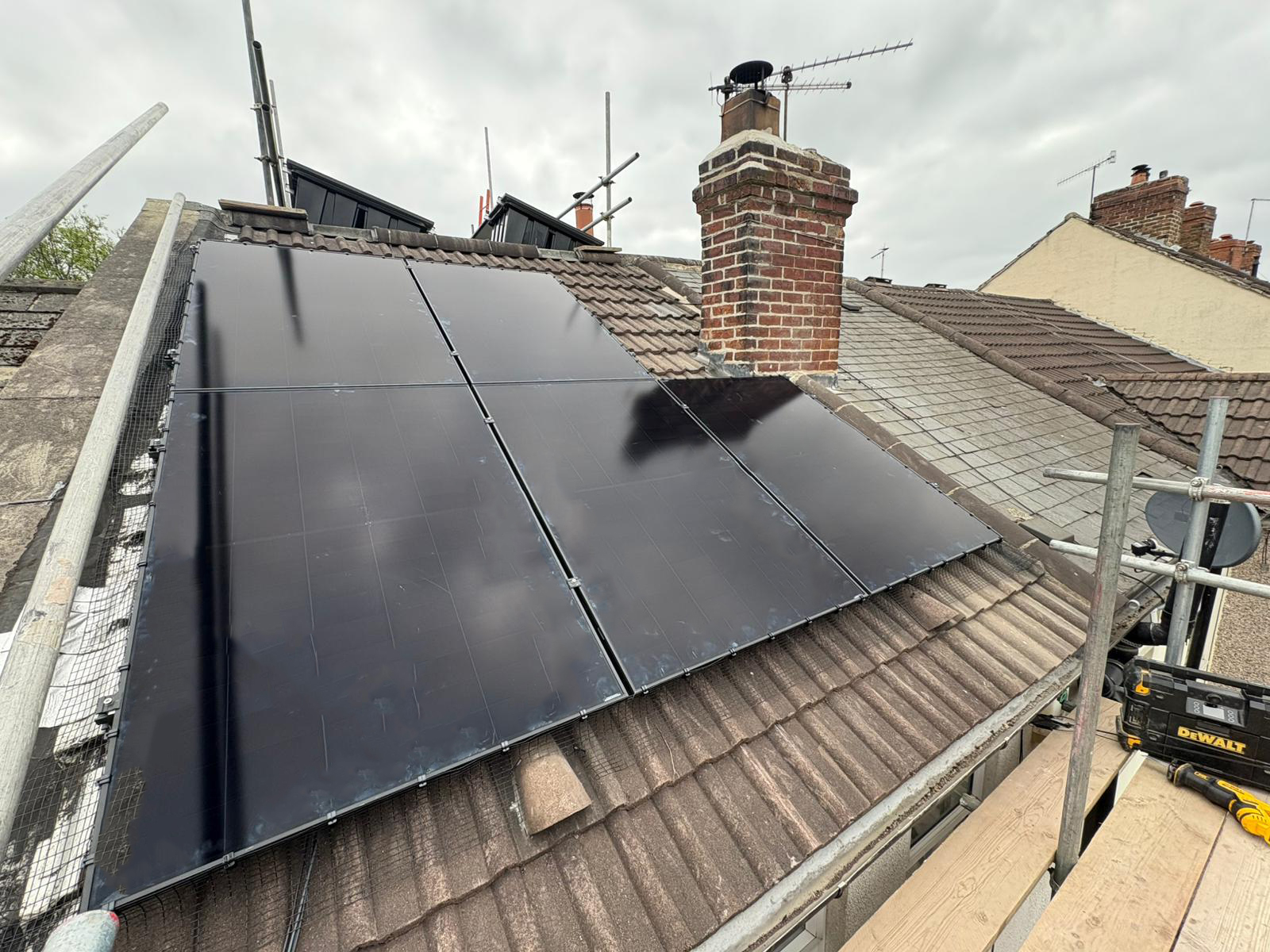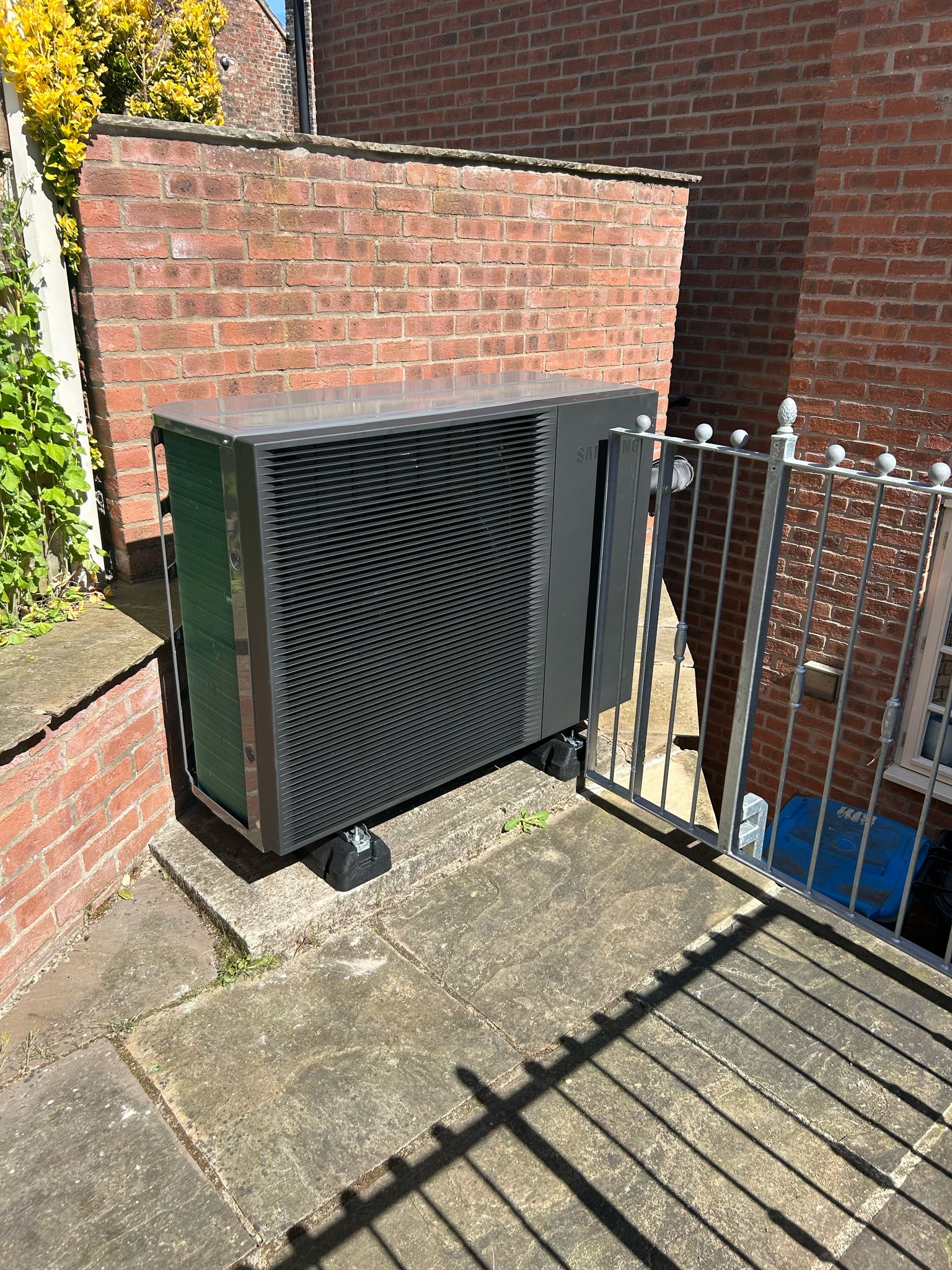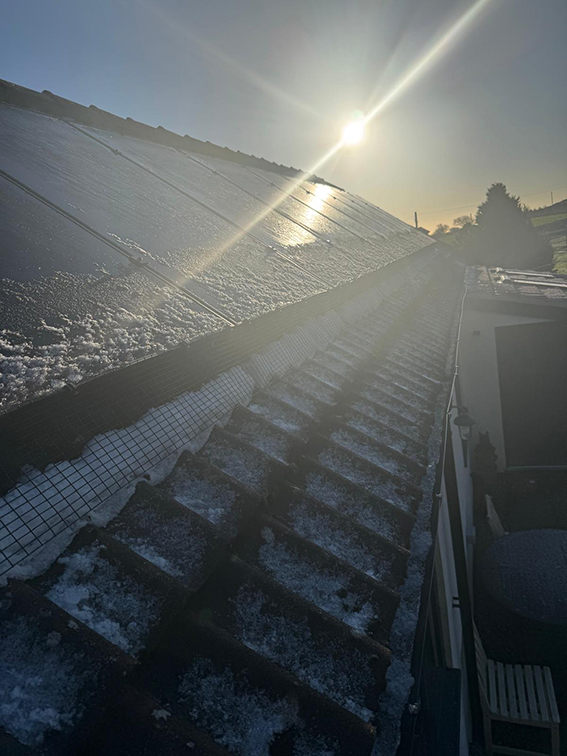
How Long Do Solar Panels Last?
The one thing you’ll want to know when installing a solar energy system is how long the various parts of that system will last.
Batteries and inverters generally come with 10-to-15-year warranties and will need replacing when they start to wear out.
Your panels, however, are pretty much indestructible – well, almost.
Whenever you watch a film about a societal collapse or an apocalypse, you’ll always see the survivors utilising solar panels to provide electricity.
That’s because solar panels will last for decades! They will degrade, but they’ll still produce electricity even if it’s only a couple of Watts an hour.
You don’t need to take our word for it though; solar panel companies offer 25 – 30-year warranties with their products … and they sure wouldn’t do that unless they were confident they wouldn’t need to replace them every few years.
Panels do degrade though, the silicon in them will lose its magic electricity producing power at a rate of 0.5% to 1% a year – and that’s 0.5% to 1% of its efficiency at that time, not 0.5% of the original efficiency.
Say a panel is advertised at 22% efficiency it will degrade at the following rates:
· Year 1 – 22%
· Year 2 – 21.89
· Year 3 – 21.78
· Year 4 – 21.67
· Year 5 – 21.56
Even after the first 25 years, your panels are still functioning at 17.6% to 19.8% efficiency, assuming a degradation rate of 0.5% to 1% per year.
Payback on the average UK Energi solar system is between 7 and 9 years, so your panels are going to be pumping out energy for decades after you buy your system.
What is the difference between a performance and a product warranty?
No matter who you get your panels from, they will come with a warranty – but a lot of them will come with 2:
· Performance Warranty
· Product Warranty
Performance Warranty
The performance warranty is the indication of how long a solar panel will produce enough energy to be considered useful in a solar system.
The critical part of the panel that is susceptible to degradation is the silicon PV cells – and it’s the silicon itself that will degrade.
A good quality solar panel should be above 90% of its original efficiency after 25 years, and a slightly cheaper one may drop to just above 80%.
Both panels will continue to generate energy long after the 25 year mark, but a solar array will only perform as well as its weakest panels so you don't want inefficient panels in a string.
Product Warranty
This is much simpler as it’s pretty much what most household products come with.
A product warranty covers the build and components in the panel and protects you against any defects from manufacturing, environmental issues, premature wear and tear and design faults.
These warranties are generally around 25 years, but it’s always worth asking about an extension if it’s available, as it’ll only cost you a few pounds and it’ll give you peace-of-mind.
What can affect your solar panel’s performance?
One of the best things about a solar panel is there are no moving parts, so you know there will be no mechanical issues when they are up on the roof.
The best start a solar panel can get is to be sourced and fitted by a fully qualified, MCS registered installer.
MCS cover panels as well as installers, so you know both will have reached or exceeded certain standards.
It's worth noting if an installer is also covered by NAPIT, EPVS, Trading Standards and HIES.
High temperatures
This sound counter intuitive, doesn’t it?
But panels work best between 15 and 40 degrees Celsius, once outside those parameters they can start to lose their efficiency.
If the sun is too hot, the panels will be working overtime and that can degrade the silicon in the cells a little quicker.
Also, as the silicon heats up, it becomes more resistive, and that lowers the efficiency also.
Of course, this isn’t a massive problem, or you wouldn’t see solar energy being utilised in hot counties in southern Europe, Africa and Asia.
And, while it’s true that some panels come with a cooling system, that’s not necessary in the UK.
Our weather very rarely reaches any ridiculous extremes and it’s hitting 40 degrees for weeks at a time, we’d have more to worry about than the yield of our solar panels.
Most panels installed here in UK are still kicking out 95% of their original efficiency after 20 years.
Pitch of install
This is a surprising piece of advice but really makes sense when you think about it.
Panels are ‘self-cleaning’, which means that any dust or debris that collects on the glass face of the unit will be washed off when it rains – which is quite a lot here in the UK.
But the panels are fitted at a very shallow angle, they may not get cleaned so well and the water may even collect on the surface.
This can cause rust to the casing, marks in the glass and even encourage wildlife to land on the panel to quench their thirst.
String Problems
The world ‘string’ may not be familiar to you with a solar energy context, but this is the term used for connecting panels together.
Inverters are designed to take a certain number of ‘strings’ – in the domestic sector that’s usually 2.
However, as mentioned before, if there is one badly performing panel in the string, it will bring down the performance of every panel in the chain.
If spotted quickly, the only thing you’ll lose is a few kW of power.
However, if the problem is left to get worse, it will cause cells in the panels to start overheating, reducing efficiency and, ultimately, damaging the cells.
**How to make solar panels last longer? ** Apart from avoiding the aforementioned problems, there are a few other things you can do to maintain the health of your panels.
Solar panel maintenance
Solar panels don’t need much maintenance, but it is a good idea to keep an eye on them via the app and flag up any problems you see.
If possible, do a visual check on the cables and connectors to make sure there is no deterioration or damage.
Check the glass to ensure there are no cracks or stains and do the same with the casing.
Apart from that, there isn’t much else you can do to check for problems.
Monitor your system
The App is your friend.
One of the big cliches about domestic solar energy systems is that new owners are glued to their apps, checking for export, import and yield.
All these things are very important but, when the novelty wears off, customers only tend to check their system if they think they aren’t getting paid enough for export … or if their batteries aren’t getting charged correctly.
Well, we suggest checking regularly, maybe weekly, so you can notice any unusual performance traits.
Once you do see something usual, either contact your installer or take to Google – both will probably have the answers you’re looking for.
When the system is running perfectly the light on the front of your inverter will be green.
If the light has changed to either orange or red, then there is a problem in the system.
Cleaning
Yes, solar panels are ‘self-cleaning’, but that doesn’t mean they should never be cleaned.
Your panels are, generally, on the roof of your home and out of sight usually means out of mind, but we would recommend getting your panels professionally cleaned every one or two years.
You can do it yourself, but it is dangerous if you don't have the correct equipment.
We know that a lot of window cleaners are now offering solar panel cleaning services – and, as they tend to utilise the extendable pole method to clean your windows, they can easily reach the roof without need for scaffolding or ladders.
When cleaning panels, ensure that no harsh chemicals or scratchy cloths are used – the surface of the glass needs to be as clear and scratch free and possible to ensure maximum yield.


